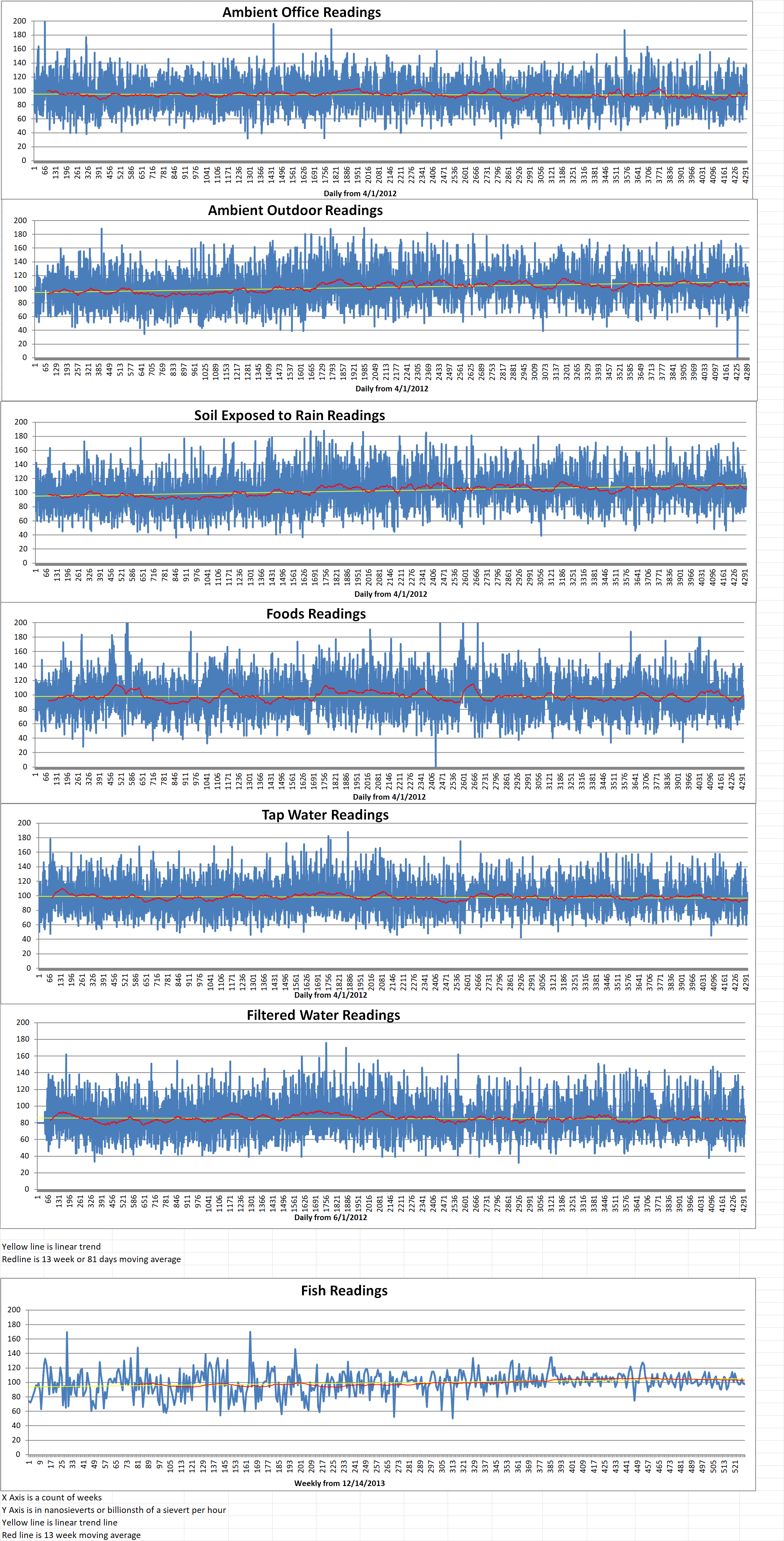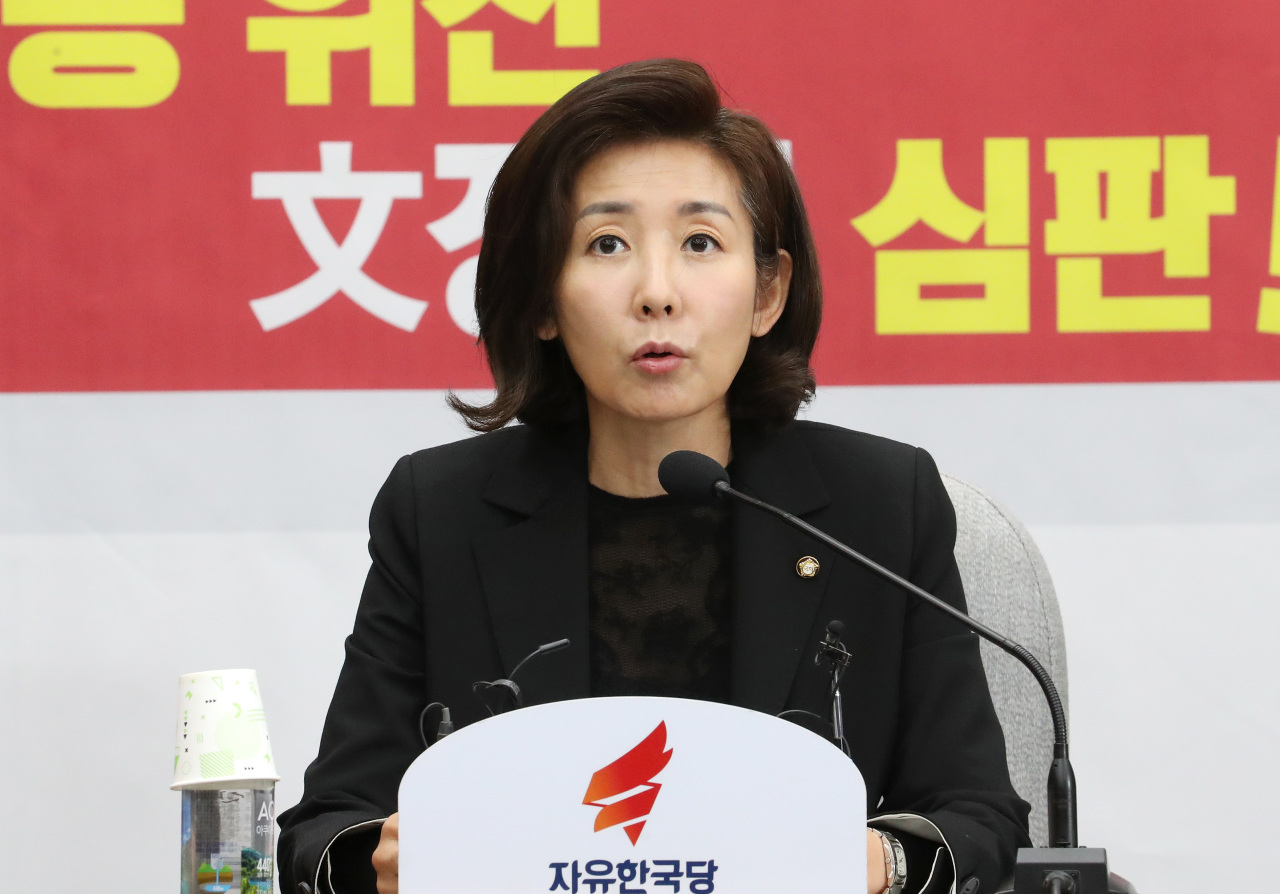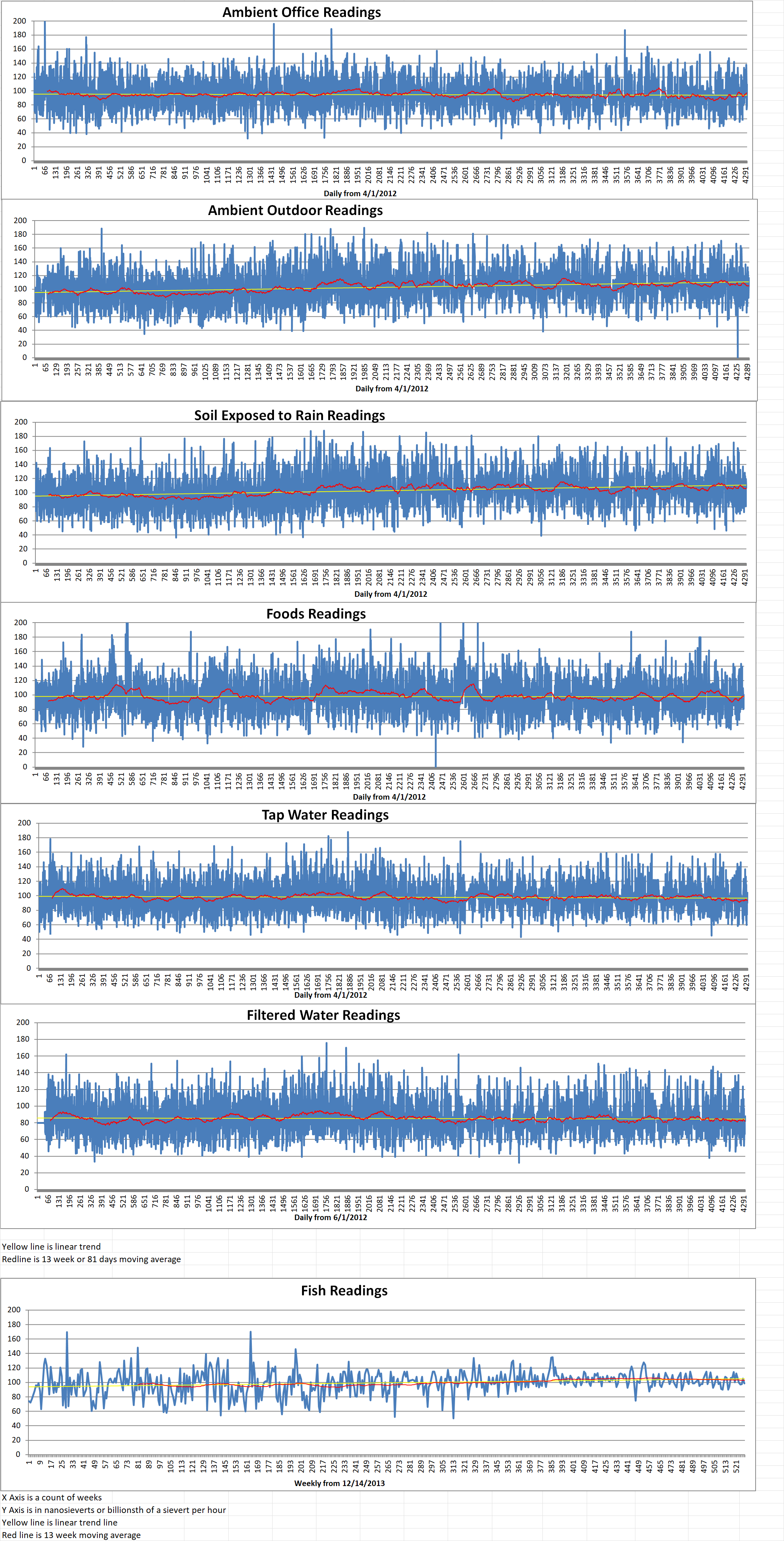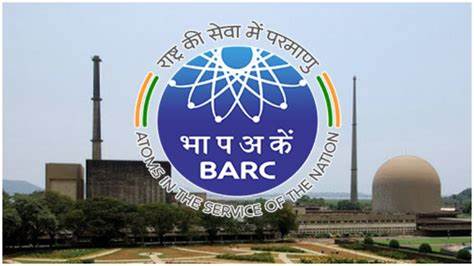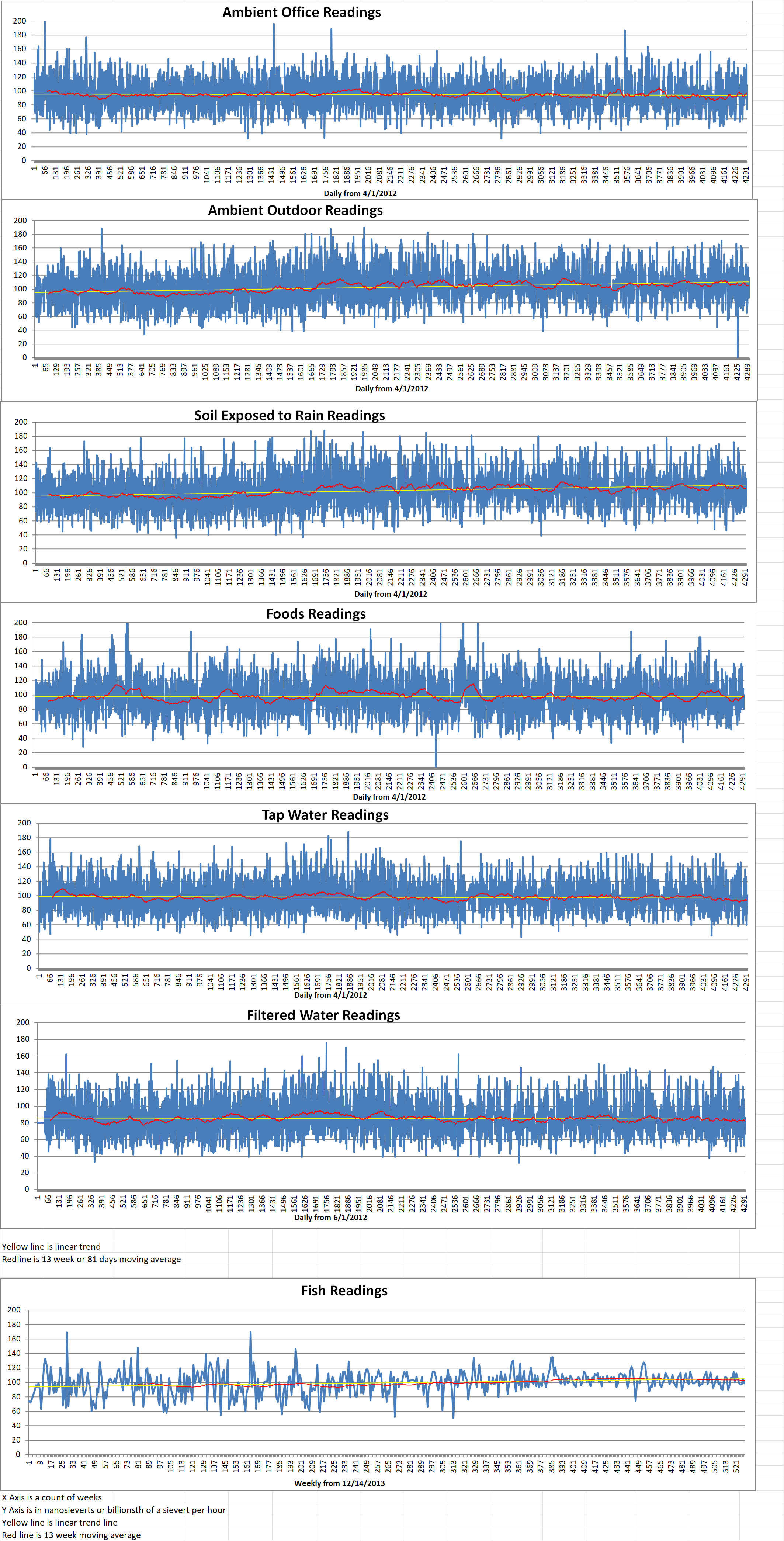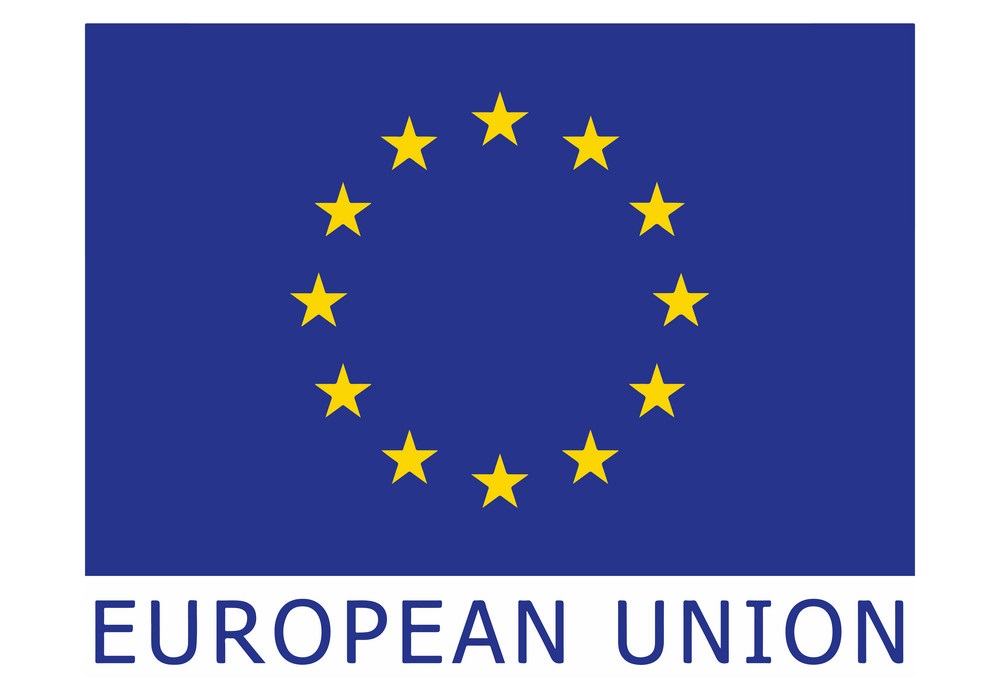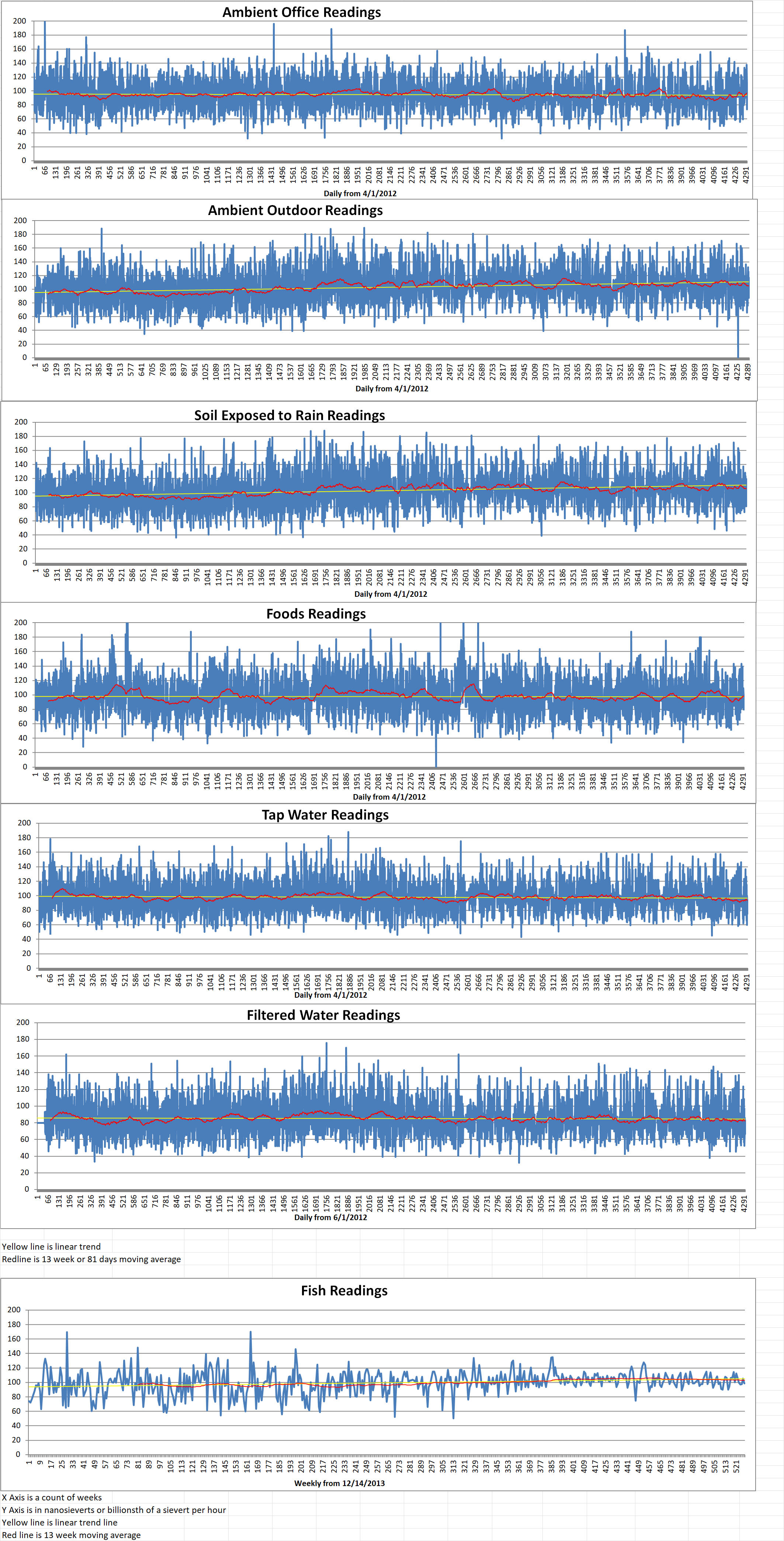Part 2 of 2 Parts (Please read Part 1 first)
These comments come as the U.K. government has started to encourage pension fund investment into nuclear energy. This follows its push to expand the country’s nuclear energy sector through earmarking more than one billion two hundred and eighty million dollars for the nuclear power station Sizewell C.
The Labour political party is currently leading in the polls by twenty percent to win the U.K.’s general election this week. It has also promised to build new nuclear power stations and small modular reactors to help the country achieve energy security and clean power.
Government sentiment towards nuclear started to change following the war in Ukraine. France, China and India decided to build and restart their nuclear fleet to increase energy capacity and secure energy dependency.
Attitudes towards nuclear energy have also changed since the European Union included nuclear energy in its sustainable taxonomy in 2022, recognizing its role as a transition energy.
In recent years, Canada, France, Finland, Russia and the U.S. have all issued their first green bonds for nuclear power projects.
Bioy said that these issuances “can be seen as a positive signal that nuclear energy is a worthy investment on the path to net zero”. She added that “New issuance of nuclear green bonds and other sustainable bonds eligible for financing nuclear energy should also be supported by the inclusion of nuclear power in the EU taxonomy for sustainable activities.”
The U.S. has implemented the Inflation Reduction Act (IRA), which offered more federal handouts to struggling nuclear reactors.
However, despite this government push and appetite, when talking to some pension funds from the U.S. they reported that they are only exposed to nuclear investment through their holdings in publicly held companies and not through direct investment.
Why has there been limited direct investment into nuclear energy by asset owners?
Bioy explains that a reason for this is that financing nuclear power projects remains a “challenge” for many reasons. These include the high costs, deployment timelines, technological hurdles, as well as safety and waste management issues. “Nuclear is a more difficult investment story to sell than renewables such as solar and wind.”
Bioy also notes that there are “few funds” specifically focused on the nuclear theme. They’re mostly exchange-traded funds (ETFs), making it difficult for investors to access the market.
“The limited number of options reflects the fact that nuclear energy is a very narrow theme for which it is hard to find pure players. These funds tend to invest in utilities companies for which nuclear energy represents only a small part of their overall activities. “They also invest in companies in the value chain, for example reactor manufacturers, but there aren’t many of those, and companies that mine uranium, a chemical element used as fuel in nuclear power plants,” Bioy claims.
Nuclear power is still a “controversial” energy source, due to past disasters as mentioned before, challenges in radioactive waste management and very high upfront costs. Uranium is widely used to produce nuclear energy. It is an element which is dangerous to mine and technically not renewable.
All this proves that government backing and “long-term drivers are supportive of the theme of nuclear energy”. However, “challenges remain” making it difficult for investors to commit, explains Bioy.

